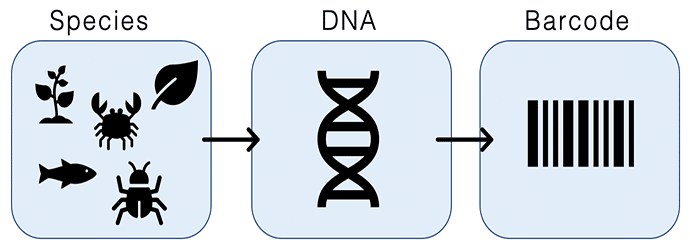Antibiotics Used in Molecular Biology
Antibiotics are used in a wide range of techniques in molecular biology including molecular cloning and are important for treating pesky mycoplasma contamination in cell cultures. They can also be used to maximize your plasmid yields by reducing protein synthesis, in certain circumstances. The aim of this post is to provide an easy reference to…



































